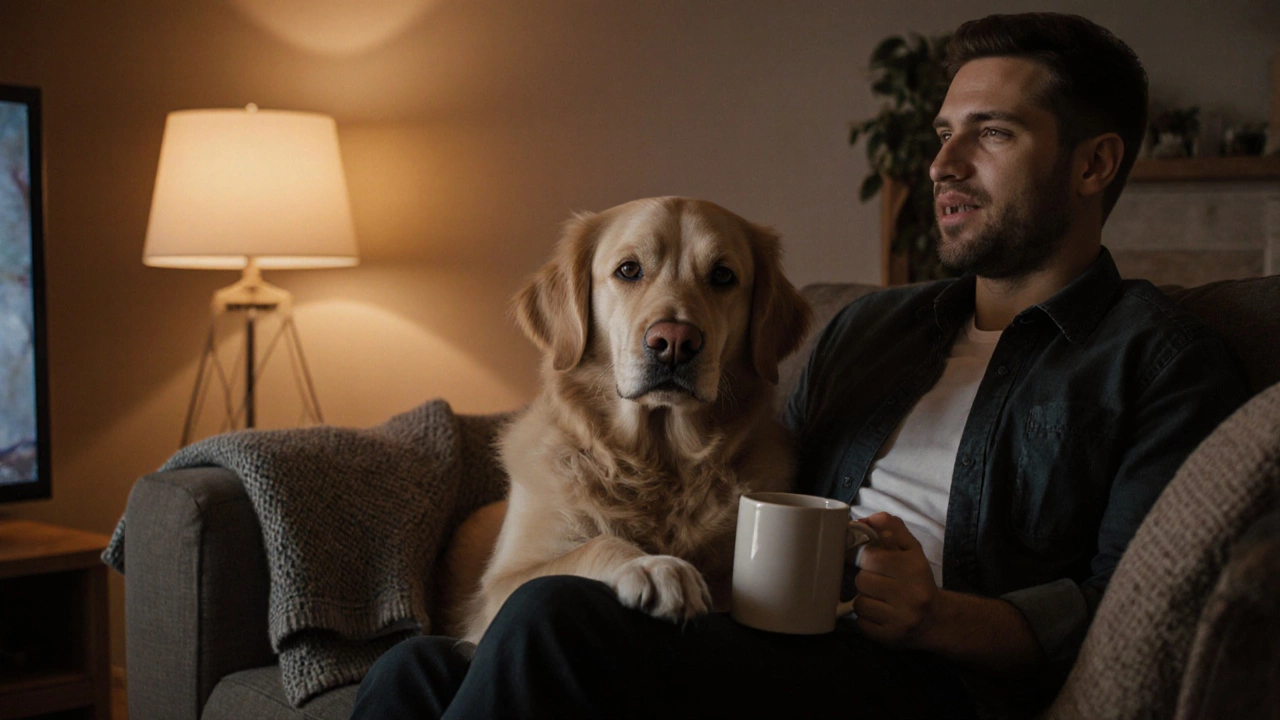Why Dogs Touch You: Understanding the Science Behind Dog Touch Behavior
When your dog rests their head on your lap, leans into your leg, or gently paws your arm, they’re not just being clingy—they’re speaking a language older than words. This behavior, known as dog touch behavior, the physical contact dogs use to communicate emotional needs, establish bonds, and seek reassurance. Also known as canine proximity seeking, it’s one of the most reliable signs your dog feels safe and connected to you. Unlike humans, dogs don’t use complex sentences. Instead, they rely on body language, and touch is their most direct form of expression.
Touch isn’t random. It’s tied to dog bonding, the emotional attachment formed between dogs and their humans through repeated positive interactions. Studies show dogs release oxytocin—the same "love hormone" humans do—when they make physical contact with people they trust. That’s why your dog might nudge you awake in the morning or curl up against you during a storm. They’re not just seeking warmth; they’re reinforcing a bond. This behavior also relates to dog body language, the non-verbal signals dogs use to express comfort, fear, or desire for attention. A gentle nudge means "I need you"; a full-body lean means "I feel secure here"; a paw on your knee might mean "pay attention to me."
Not all touch is affection. Sometimes it’s a request—like when your dog nudges their food bowl toward you, or paws at your leg before you open the door. Other times, it’s anxiety. Dogs with separation anxiety often touch you more intensely, as if checking you’re still there. That’s why understanding the context matters. Is your dog touching you after you’ve been gone for hours? Or after a loud noise? Or just while you’re scrolling on your phone? The timing tells the story.
This is why the posts below dive into related behaviors: why your dog sleeps next to your bed, how they react during grooming, and what it means when they avoid being touched. You’ll find real insights from owners and vets who’ve seen these patterns up close. No fluff. No guesswork. Just clear explanations of what your dog is trying to say—and how to respond in ways that strengthen your bond, not stress them out.
Posted By Bryndle Redding On 27 Oct 2025 Comments (0)
Why Does My Dog Put His Paw on Me? Dog Behavior Explained
Why does your dog put his paw on you? It's not always about begging. Learn the real reasons behind this common behavior-from affection and anxiety to pain-and how to respond in ways that strengthen your bond.
READ MORE